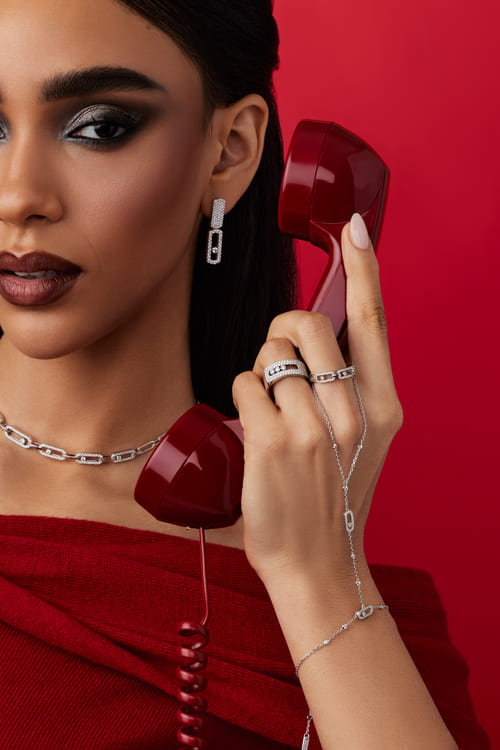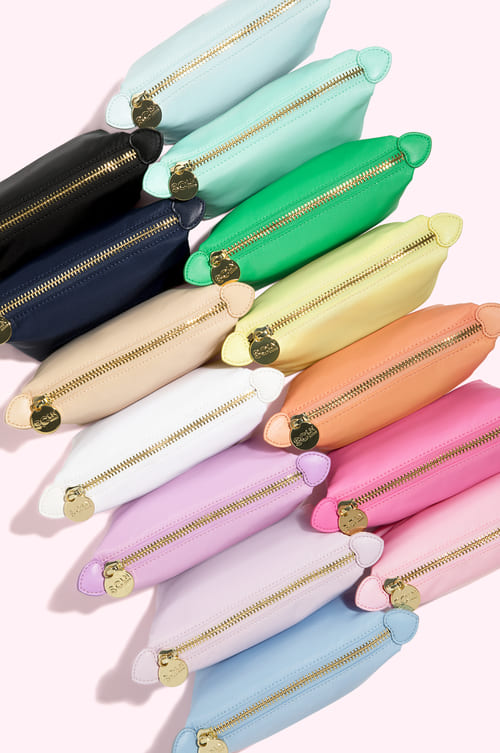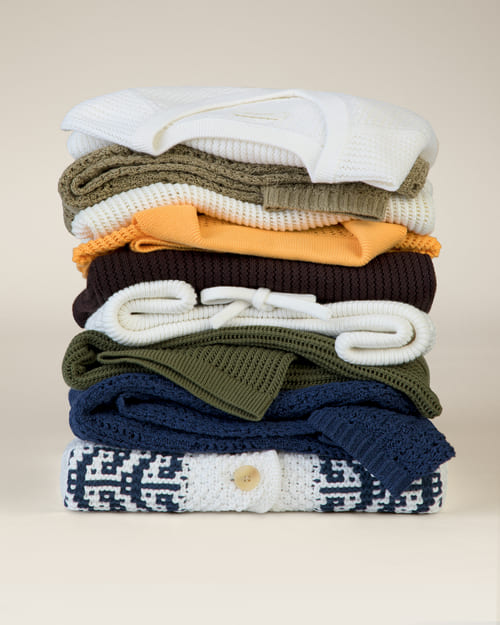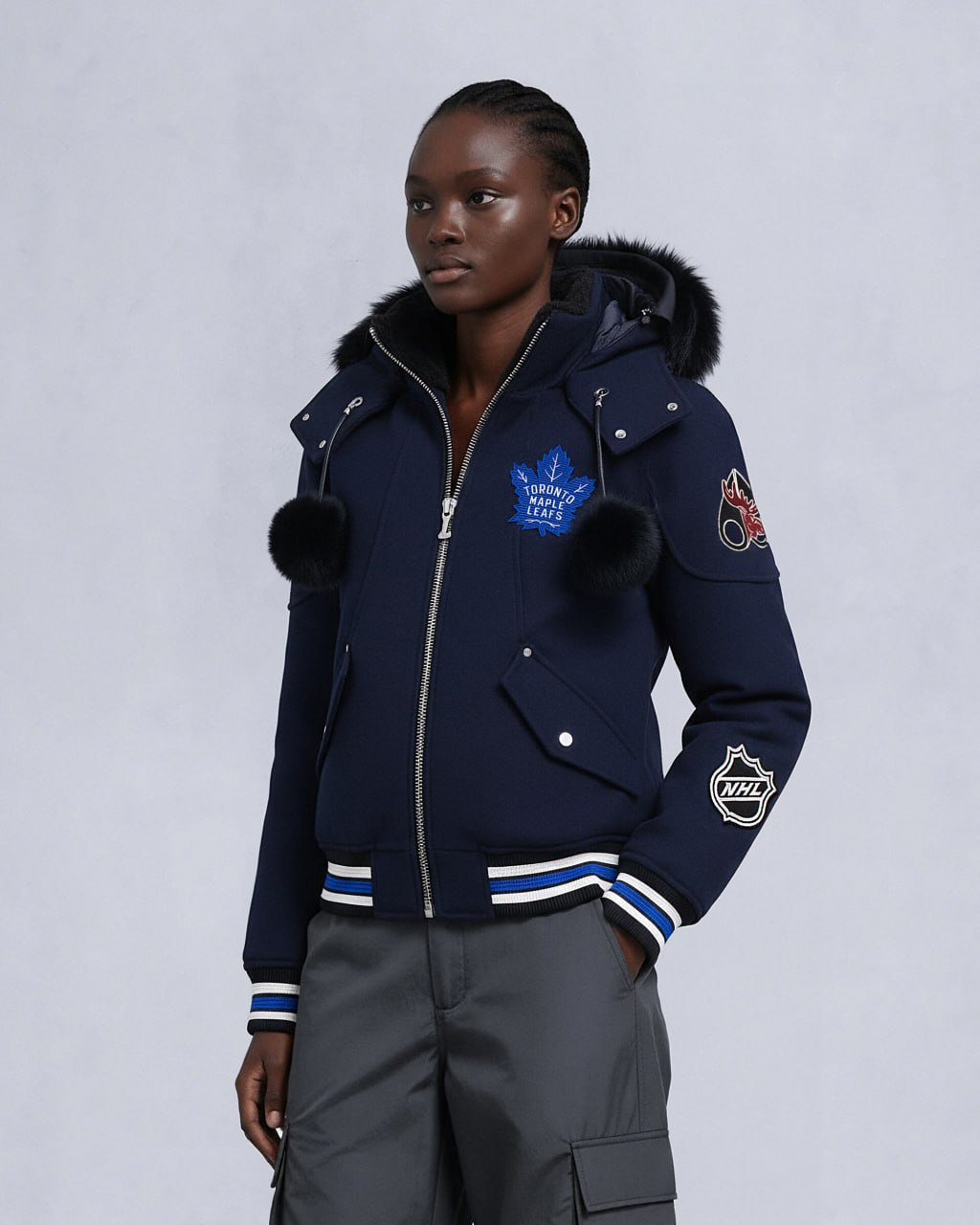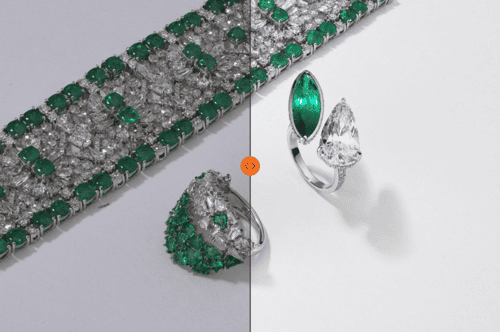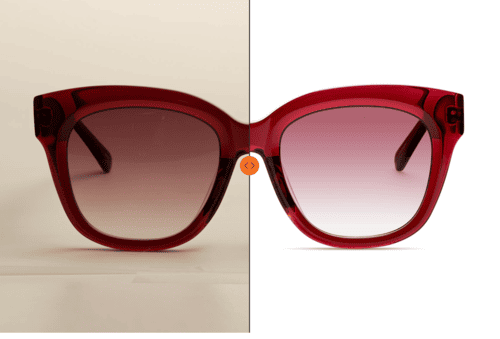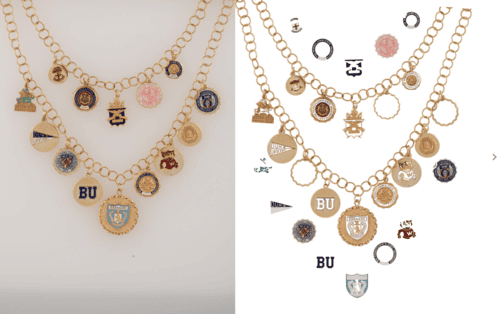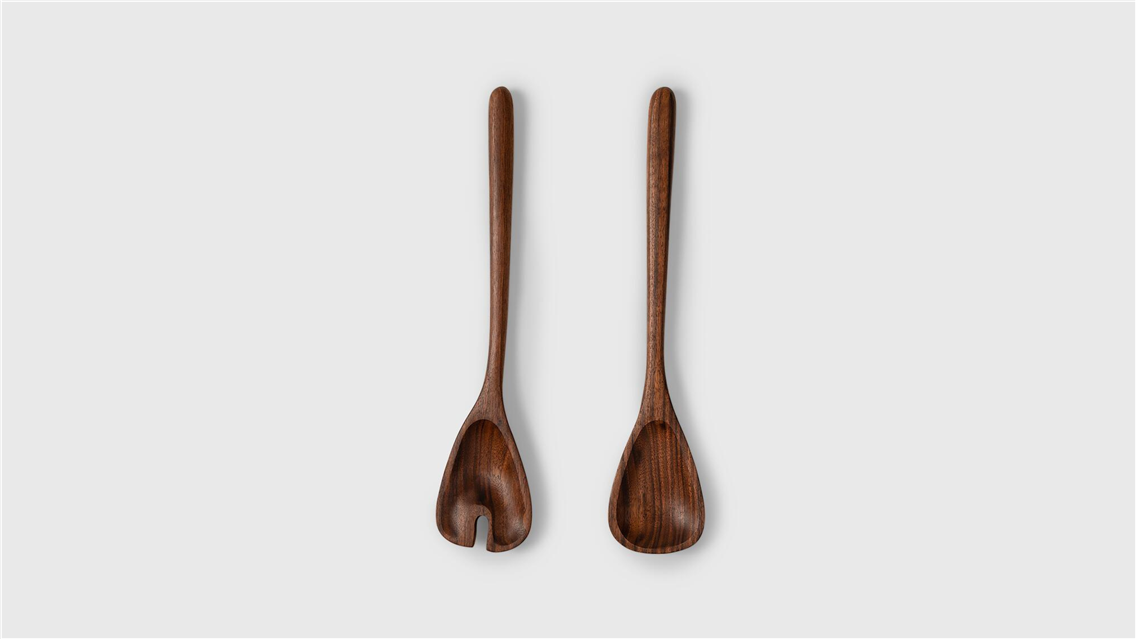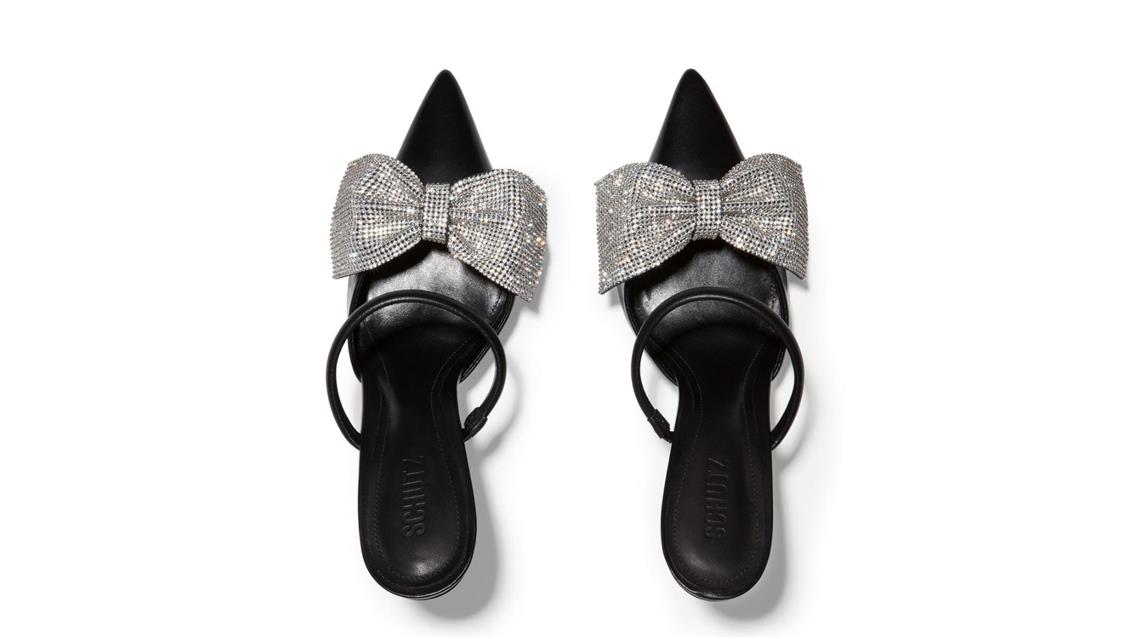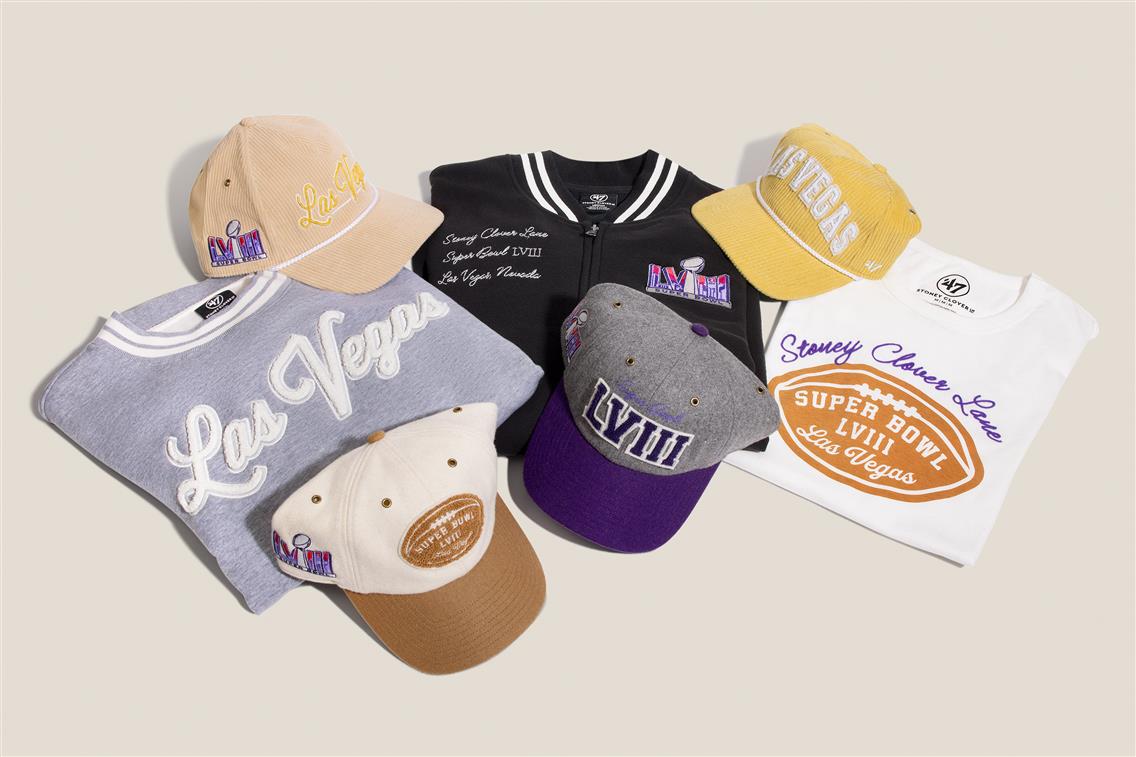Father’s Day E-Commerce Advertising: Visual Best Practices and Trends
Father’s Day has quietly become a strategic seasonal moment in e-commerce. It may not have the emotional stakes of Valentine’s Day or the urgency of holiday shopping, but when executed well, it delivers, not just in revenue, but in long-term brand connection.
Most campaigns still lean on tired tropes: neckties, fishing gear, flat lighting. And that’s a miss. Today’s Father’s Day audience is more complex, not just in who they’re buying for, but what they expect to feel when they give.

Visual content is where that story gets told. Whether you're pushing grooming kits, luxury loungewear, or something as niche as bar tools, your creativity sets the tone. It shapes how “giftable” the product feels and whether it resonates with the buyer’s intent.
In this breakdown, we’re focusing on what works: content formats, styling tactics, timing strategy, and the trends defining the modern Father’s Day.
What You Need to Know About Father’s Day Marketing
You're Not Marketing to Fathers, You're Marketing to Gift-Givers
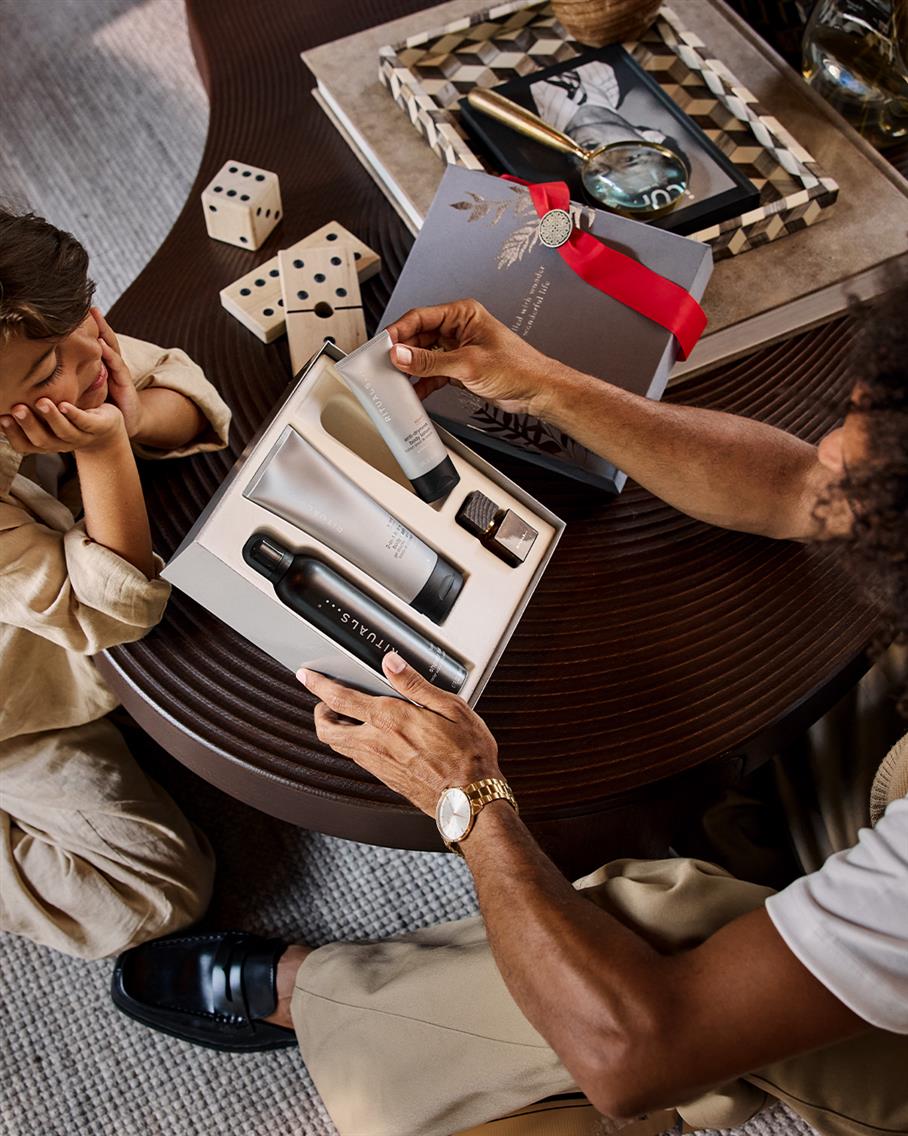
| Father’s Day campaigns aren’t for dads. They’re for the people buying for dads, partners, sons, daughters, even grandkids, with help from a parent. Your job as a brand is to speak to that audience and make their decision easier. They’re shopping emotionally. They’re looking for something that feels thoughtful, on-brand for their dad (or husband, grandfather, mentor), and easy to imagine as a gift. That’s where your visual content has to work harder. Show the product in a way that says: “This is gift-worthy.” That could mean sharp, elegant packaging. It could be a photo of the product mid-unboxing. Or it could be a quiet lifestyle moment like coffee brewing, jacket being buttoned, or book being opened. That frames the product as part of someone’s everyday joy. These are not complicated executions. But they require intention. Because in a crowded seasonal moment, visual nuance is what signals care and closes the sale. |
Competition Is Quiet, But It’s Highly Concentrated
Father’s Day doesn’t dominate the calendar like Q4 or Valentine’s Day, but in specific categories, it’s a precision strike. Short runway, limited consumer attention, and a tight band of expected gift types.
The real tension isn’t volume, it’s overlap. If you sell men’s apparel, grooming kits, barware, tools, or lifestyle tech, your product is one of a thousand being positioned as “the perfect gift for dad.” Most are clustered around the same $50–$150 price point, with similar aesthetics and similar messaging.
So what wins? It’s rarely the loudest campaign or the deepest discount. It’s the brand that looks considered, the one that feels like it knows what Father’s Day means to its customers. That comes down to two things.
Timing, hitting the awareness window (early to mid-May) and conversion window (the week before Father’s Day) with precision. Positioning, understanding not just what you’re selling, but who’s buying it, and what outcome they want from the gift — usefulness, sentiment, surprise, pride. If your campaign captures that, you’re already ahead of most of the market.
How to Create Impactful Visual Content for Father’s Day Campaigns
Anchor the Story in Real Moments, Not Abstract Concepts
Father’s Day isn’t aspirational in the same way as fashion week or summer getaways; it’s personal and often grounded in quiet, ordinary rituals. Coffee at 7 am. A worn leather wallet. A backyard afternoon with a kid in one arm and a beer in the other. If you’re building a campaign around this holiday, start there. Avoid the glossy, over-directed setups. Instead, lean into everyday intimacy, moments that feel lived in, not staged. A watch is being clasped, not displayed. A grooming kit is open on the bathroom counter, mid-use. A shirt was being handed across the breakfast table, not folded with a bow. These small moments build trust. They suggest the product belongs in a real father’s life, not just in a photoshoot. And when you're speaking to gift-givers, it helps them picture the product in use, which shortens the gap between consideration and purchase. | 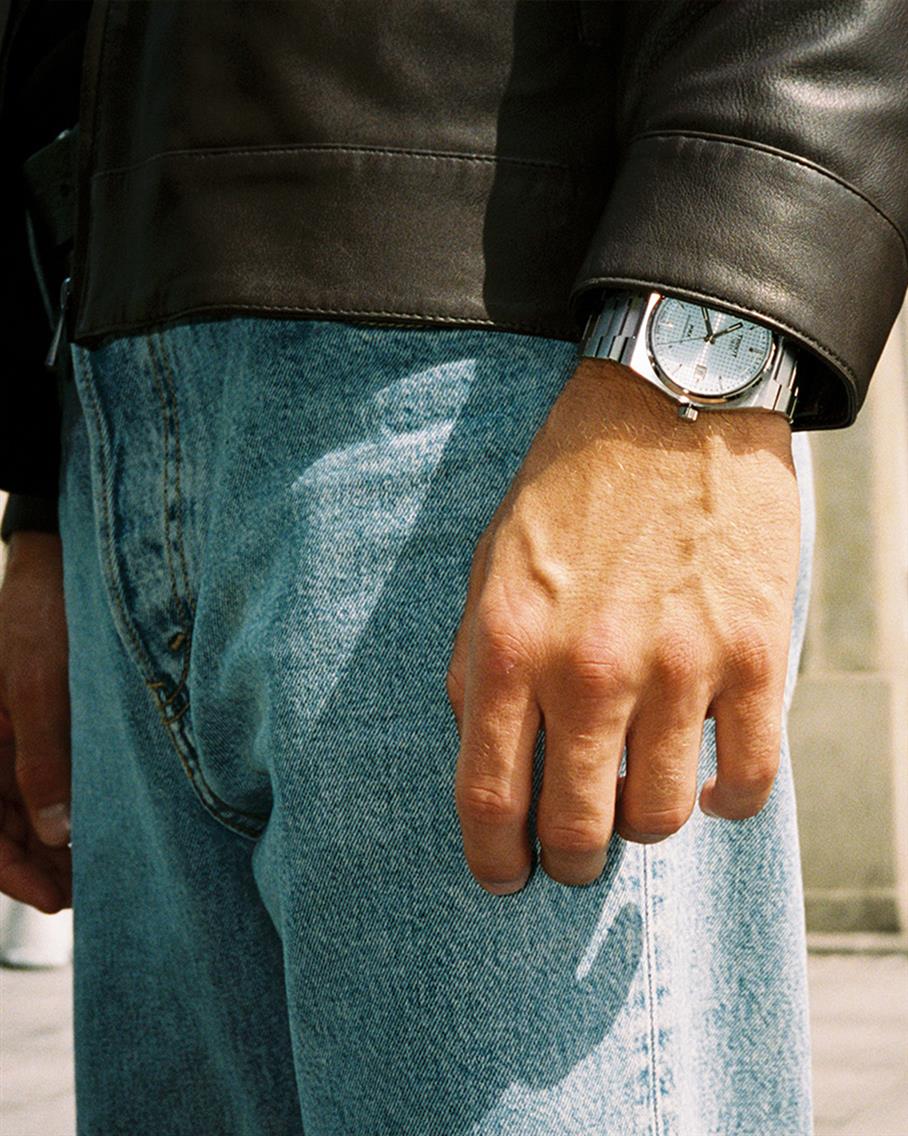 |
Natural Light, Tactile Materials, and a Shift Away from Gloss
The visual tone of Father’s Day campaigns is evolving. Overly staged product setups and artificial light are starting to feel cold, especially for a holiday that’s built on emotion, memory, and real-life connection.
This year, we’re seeing a clear move toward naturalism: soft light, subtle shadows, and tactile surfaces. Instead of high-gloss backdrops or synthetic color pops, brands are opting for earthy textures like raw wood, linen, slate, or matte concrete to create a more grounded and relatable mood.
It’s a smart shift. This style frames your product not as a showroom piece, but as something that already belongs in someone’s life. It’s understated, but it carries authority — and that’s a powerful combination when you're trying to build trust in a 1.5-second scroll.
This approach is especially relevant for categories like grooming, accessories, tech objects, and apparel. Products meant to be touched, worn, and used daily, and they benefit from this kind of setting.
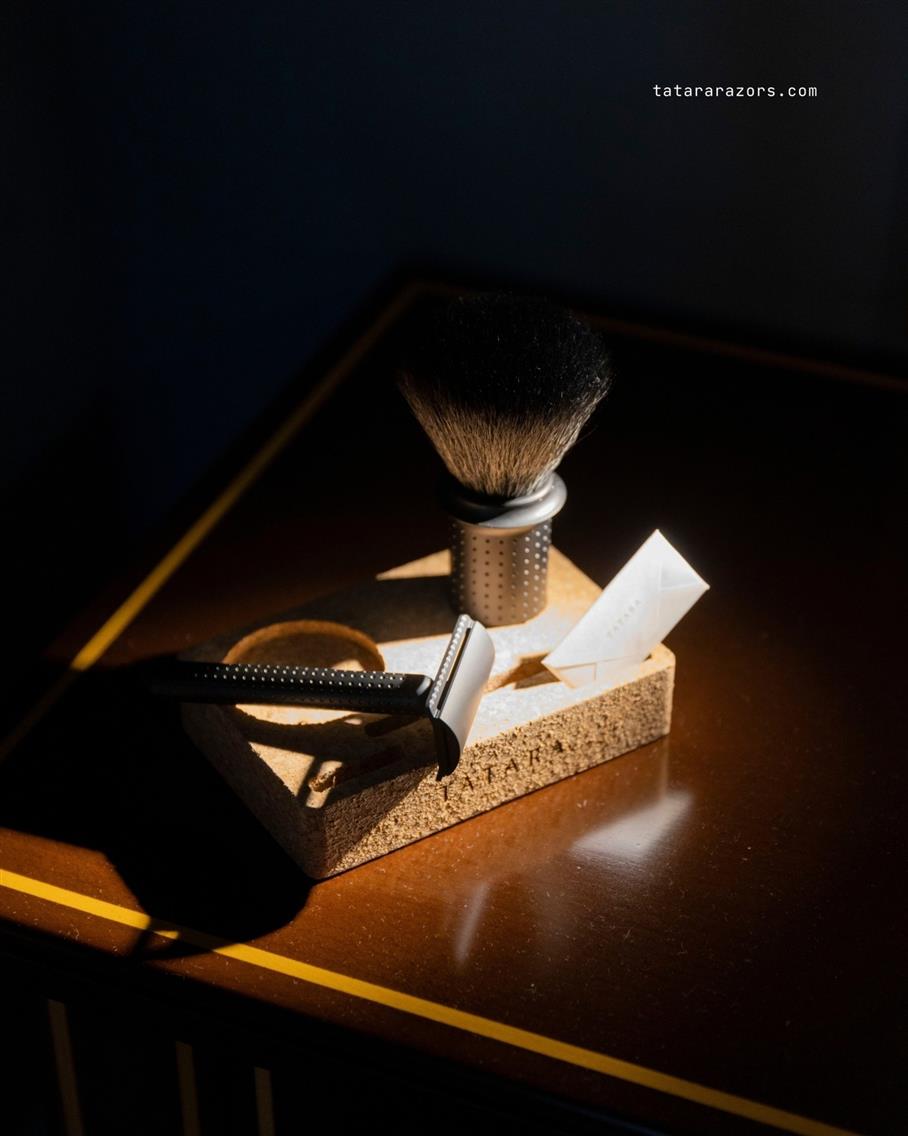
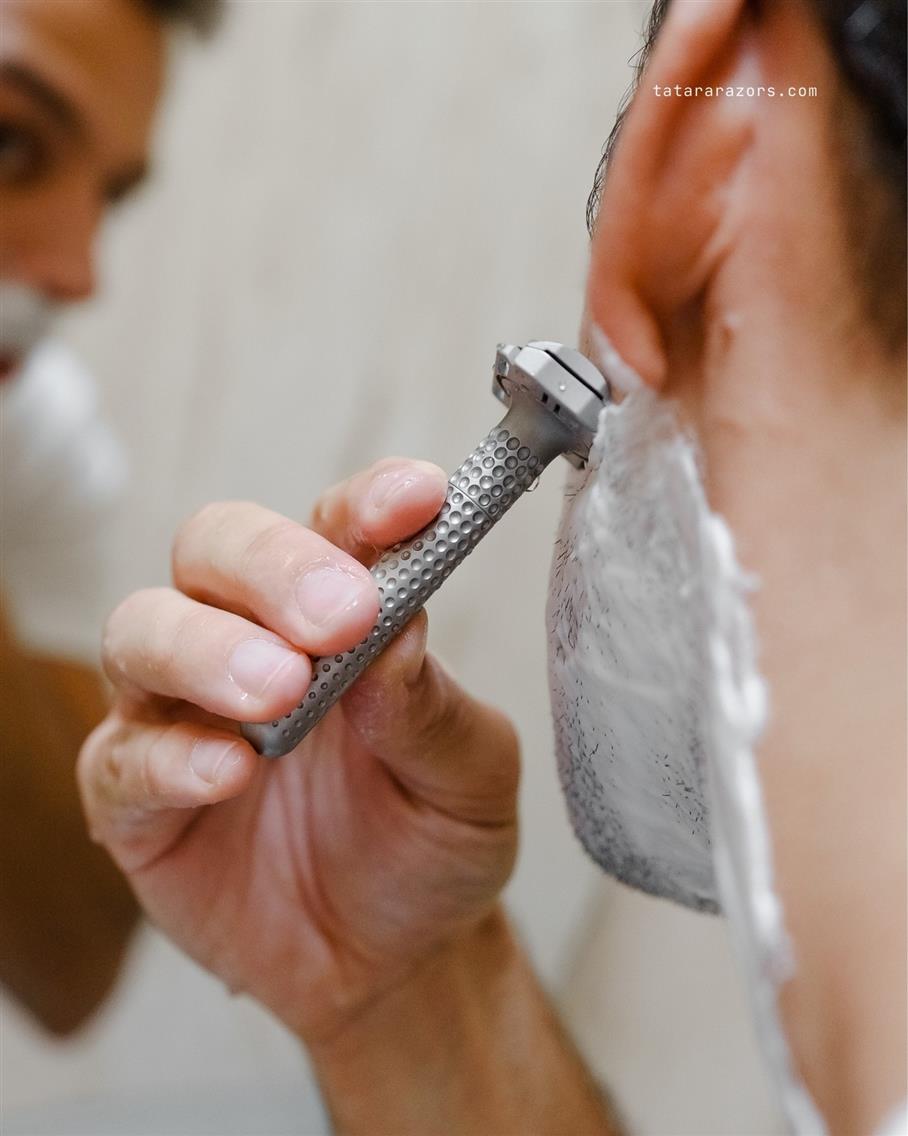
Vertical-First Visual Content
By now, most brands understand that mobile traffic dominates, especially for seasonal shopping. But not everyone has adjusted the way they produce content to reflect that reality.
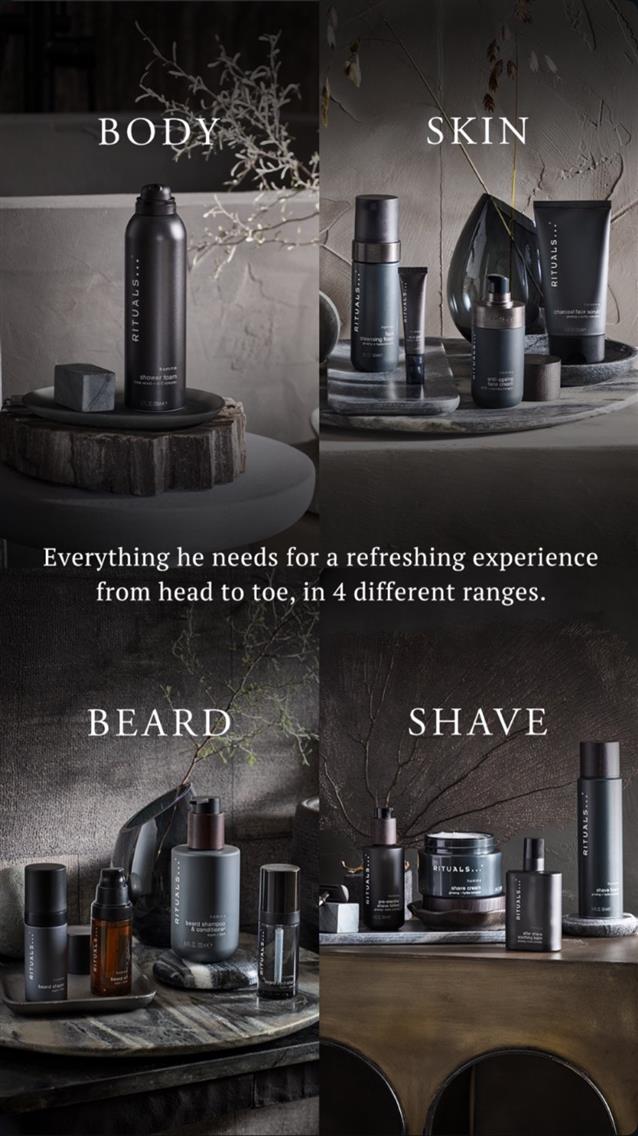
| Shooting horizontally and cropping later doesn’t cut it anymore. It compromises composition and often results in awkward framing that doesn’t perform well in-feed. What’s needed is vertical-native content, framed, lit, and styled to work on mobile from the beginning. Whether it's for Instagram Stories, mobile ads, or SMS previews, vertical content allows you to control the viewer’s attention in a small, tall space. That means tighter crops, cleaner layouts, and higher contrast between product and background. Every frame should be legible at a glance. |
This is especially critical during gift-buying windows, when decisions happen fast and often emotionally. You’re not just selling the product; you’re competing for clarity and focus.
Avoid Clichés: Rethink Who Gets to Be a Dad
One of the fastest ways to kill relevance is to reach for stock ideas of “dad.” Grill master. Recliner guy. Tie-wearer. These tropes don’t land anymore — not because they’re offensive, but because they’re lazy.
The modern Father’s Day customer sees dads in all forms: Stay-at-home dads, single fathers, dads in their 20s and 70s, gay dads, adopted dads, and grandfathers stepping in.
Show a range of ages, skin tones, body types, and relationships. You’ll sell better if people see someone who looks like the person they’re buying for.

A huge miss in product campaigns is forgetting that Father’s Day is about giving. That means every touchpoint, especially your visuals, should suggest how it feels to give this product, how it feels to receive it, so that it looks “complete” and is considered a gift.
This can be subtle. You don’t need bows and confetti. A clean pack shot with premium lighting, a box with magnetic closure, and a moment of hands exchanging, that’s enough.
All in all, you're not just marketing a product. You're helping someone imagine what it will feel like when they hand it over and say, “This made me think of you.”
Best Visual Content Formats for Father’s Day Campaigns
Product-Only Shots That Signal “Gift-Ready”
Clean product photography, like on-white or off-white, still does the heavy lifting for e-commerce. But for Father’s Day, the bar is higher. It’s not enough for your product to be well lit and isolated. It has to look like a gift.
That means presenting the full bundle, not just the hero item, and showing packaging, especially if it’s part of the perceived value. This is especially effective for: fragrance and grooming sets, tech accessories (portable speakers, tools, devices), and wearables (sunglasses, watches, wallets, jewelry)
These visuals often land first in PDPs, search carousels, and performance ads, so they need to be immediate and legible. The product should feel premium and self-sufficient, like something that doesn’t need further explanation.

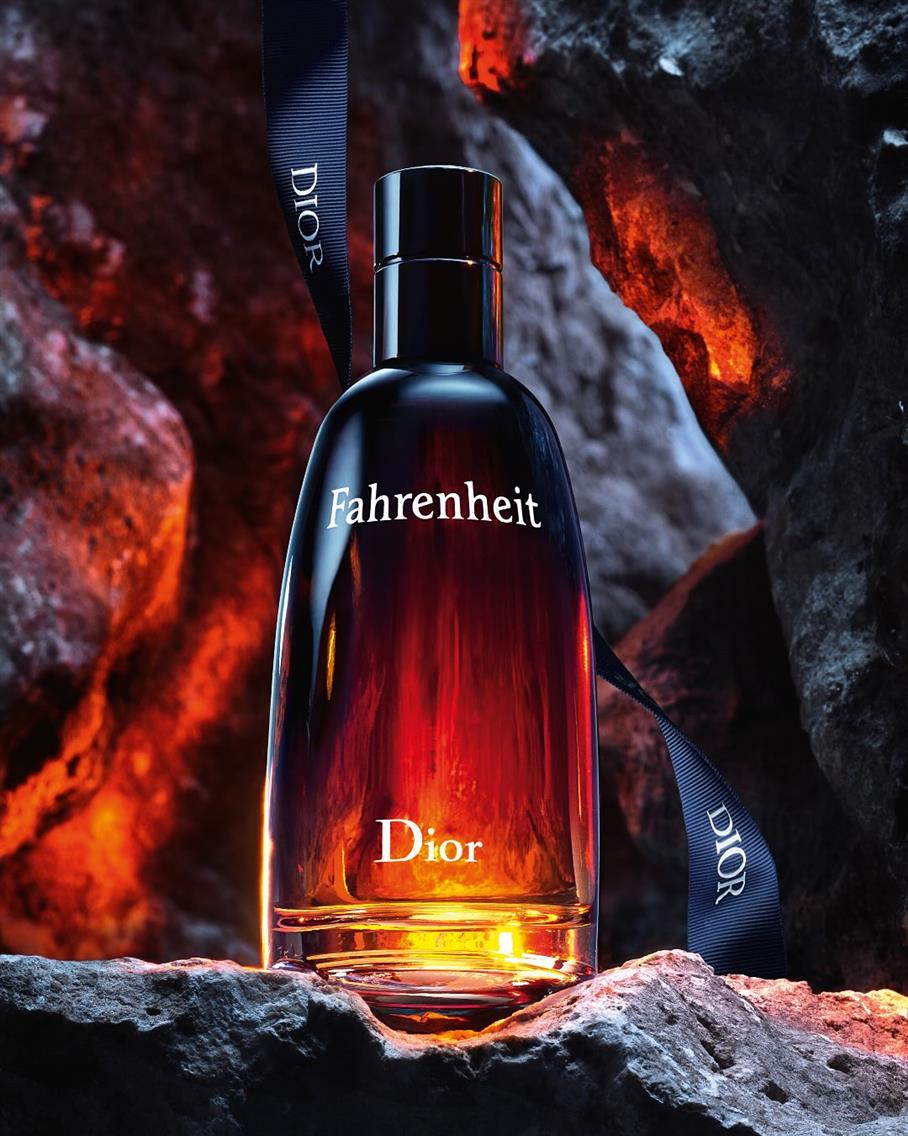
On-Model Photography Adds Scale, Context, and Style
If your product is worn, carried, or used on the body, you need on-model shots. No exceptions. Father’s Day is driven by emotional logic, and nothing builds emotional conviction faster than seeing someone use the item in context.
But again, tone matters. This isn’t high fashion. The best-performing content in this category tends to be: soft natural light, realistic casting (not catalog-model-perfect), close-ups and cropped frames, not wide editorial.
You don’t need 20 variations; you need some that cover: a product page gallery, social ads, and email header or homepage hero image.
This gives gift-buyers enough reference to assess fit, scale, and personality. It also increases buyer confidence, which is a known factor in reducing return rates for apparel and grooming.
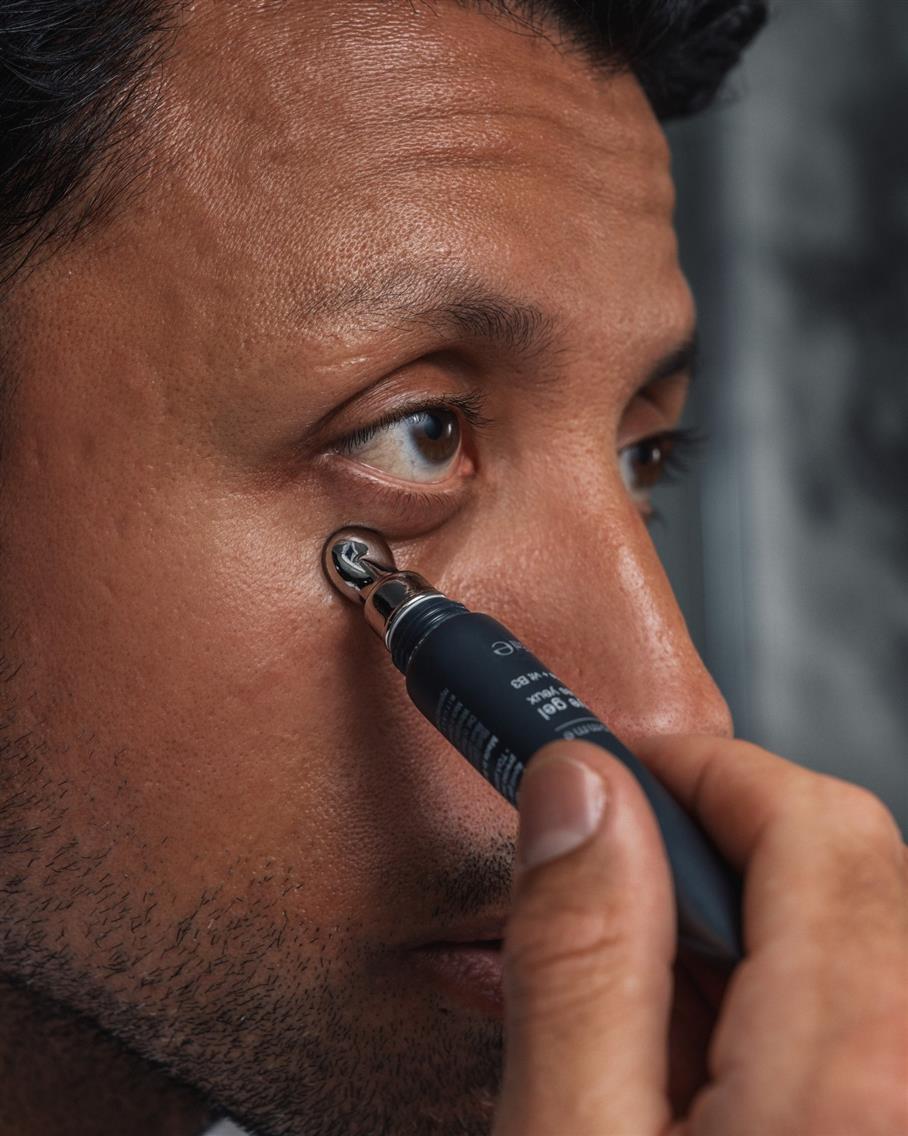
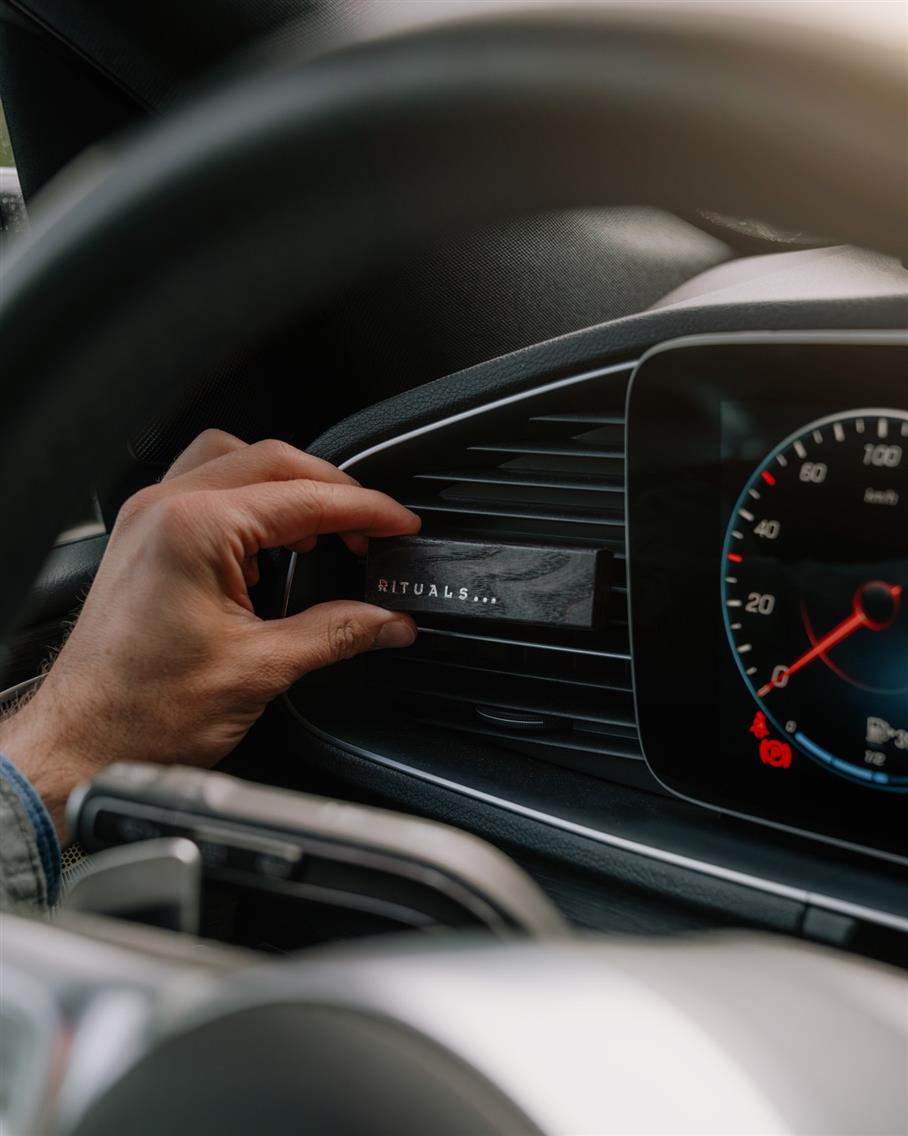
Short-Form Motion: Stop Motion, Loop, or Silent Clips
Video doesn’t need to mean production-heavy. What matters is movement and immediacy.
A few proven concepts:
- A quick stop motion showing unboxing or product assembly
- A 3–5 second loop: product spins, lid opens, item in use
- A slow pan over the bundle with a “Father’s Day Edition” overlay
These are ideal for Instagram/Facebook ads, Email modules (GIFs or embedded video), and homepage banners or landing pages. Keep it tight. The average scroll time is under 1.5 seconds. Your goal is recognition and retention. Especially in mobile-first campaigns.
Still Life Glows Up
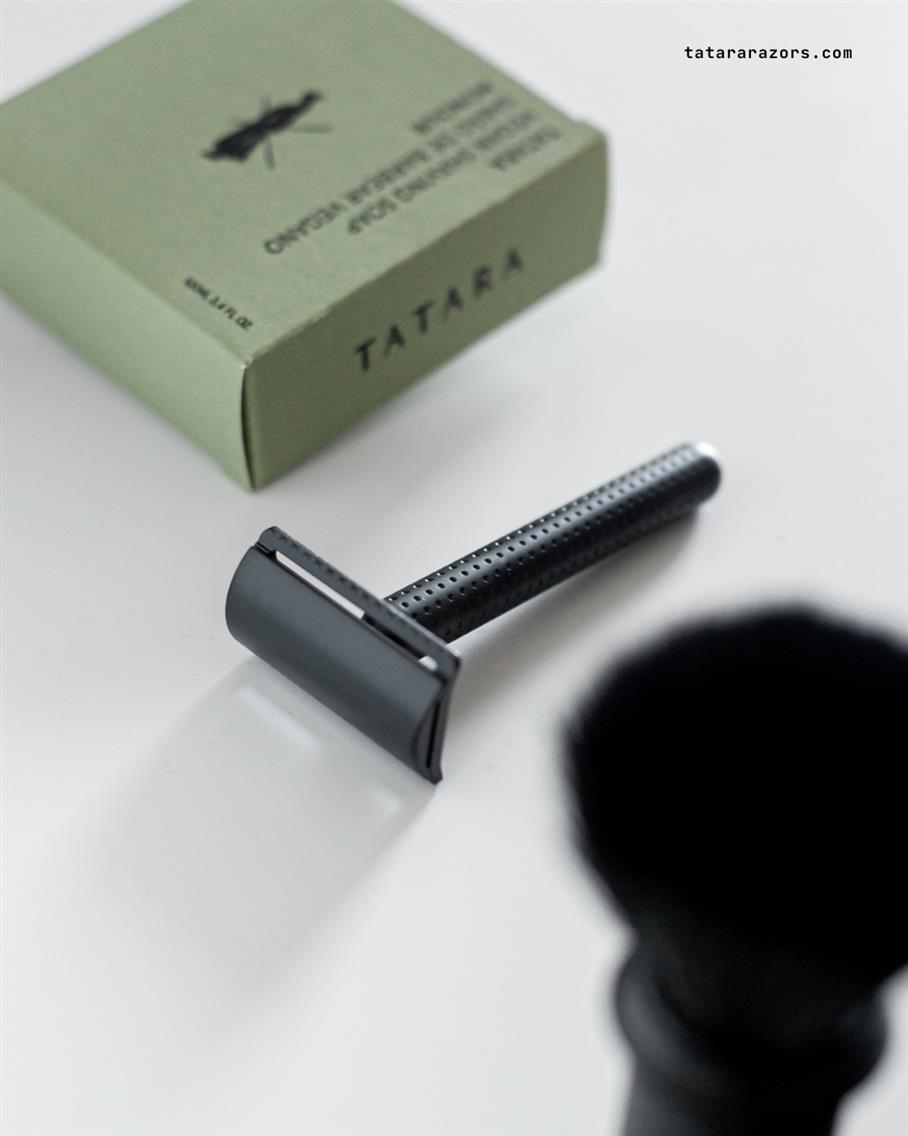
There was a time when still life was perfectly symmetrical and perfectly boring. Today’s best-performing still life looks more like a snapshot than a spreadsheet.
The shift is subtle but important. Instead of sterile white backgrounds and evenly spaced objects, we’re seeing looser arrangements. Items slightly askew, a shirt sleeve curling off the frame, a grooming tool half-out of its pouch. Maybe there’s a steam ring on the coffee mug or a page half-turned in a book beside the product.
This intentional imperfection makes the setup feel human. It lets the gift-giver imagine how the product fits into the recipient’s everyday routine, not a fantasy, but a quiet reality. It’s more emotional, more believable, and more engaging.
For brands working on still life assets this season, the focus shouldn’t be on being neat, it should be on being natural.
Campaign Execution Tips: Timing, Testing, and Asset Strategy
Work Backward from the Gifting Date, Not the Launch Date
The single most common mistake in seasonal campaigns (especially for smaller teams) is launching too late. June is your deadline for delivery, not promotion.
To be visible during peak purchase windows, you need to be in front of customers by the middle of May. And not just on social! Your PDPs, email sequences, and homepage should already reflect the Father’s Day offer.
That means production needs to start well before then. For photography and content assets, your window closes fast. If you want time to test variations or localize across channels, you should be briefing your creative team by mid-April at the latest.
In short, your content calendar shouldn’t follow the campaign, it defines it.
Test the Creative You Can’t Afford to Guess On
When you only have a few weeks to perform, it’s tempting to rely on your instincts or recycle what worked last year. But if there’s one place to bring in data, it’s on the front-end visuals.
Use pre-campaign tests to validate hero image concepts for paid social (which visual gets the scroll?), email header variations (which one drives more opens and clicks?), and landing page assets (which layout supports conversion best?)
Even small tests like $200 into Meta ads or a two-variant email drop can steer the entire campaign. You don’t need a full multivariate system. You need a controlled way to spot early winners and double down fast.
This is especially useful when you’re trying a new category angle (e.g. bundling apparel with grooming, or moving from solo product shots to lifestyle content).
Extract More Value from Every Asset
A smart campaign maximizes every deliverable. Each photo or video clip should have at least three lives:
- As part of your main campaign (email, homepage, or ads)
- As an evergreen asset (PDPs, post-campaign paid search)
- As content for future retention campaigns or repackaging
This requires shooting with flexibility in mind. Get your product on a neutral background and a seasonal one. Capture wide, crop-friendly versions and vertical frames. If you're doing lifestyle, get stills and motion in the same session.
When your creative is structured this way, you’re not just running a campaign, you’re building a brand asset library you’ll keep pulling from long after Father’s Day ends.
Collaborating with Visual Content Creators for Seasonal Campaigns
For brands with in-house teams, Father’s Day campaigns often collide with larger Q2 deliverables like spring launches, summer rollouts, and influencer programs. That’s exactly when seasonal content gets pushed down the list, rushed, or skipped altogether.
But Father’s Day doesn’t wait. It’s a fixed window. You either show up in the right way, or you miss the opportunity entirely. Outsourcing your visuals for seasonal campaigns is about speed, consistency, and bandwidth.
Explore More Articles on Holiday Marketing for eCommerce Businesses:
- Proven Black Friday Marketing Strategies for Ecommerce Business
- Valentine's Day Visual Strategies and Marketing Tactics for Brands
- Marketing Tips to Maximize eCommerce Sales During the 4th of July
- Mother's Day E-commerce Marketing Ideas to Win Hearts
- Thanksgiving Marketing Ideas to Spice Up Your eCommerce Promotion
- Creative Easter Advertising Ideas for eCommerce Businesses
